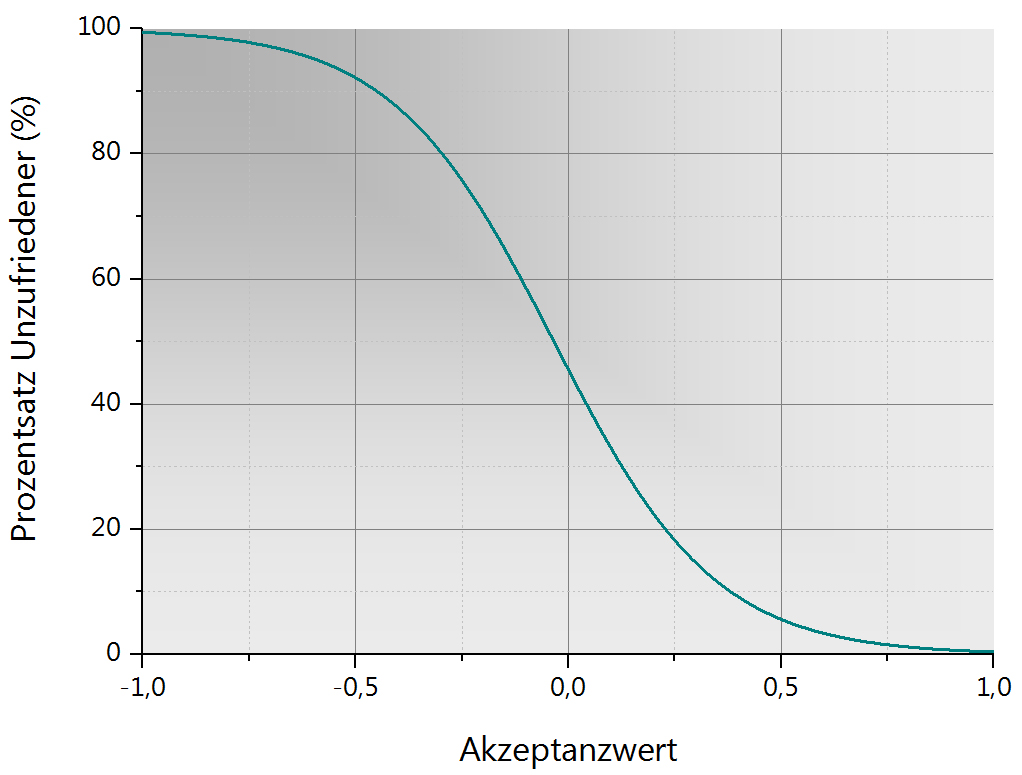The sense of smell is a very ancient sense in terms of evolution. Odor impressions can be processed very differently depending on their quality. We "get used to" most odors very quickly and no longer actively perceive them. However, under certain conditions, e.g. if an odor is associated with anxiety or negative feelings, the perception of odors can also intensify. This can be observed, for example, with many odors with a warning function (burning smell, smells of mold, rot or decay), but unusual product odors or chemical odors in rooms can also trigger such an effect.
Odor
The human nose is a sensitive organ and can detect many substances in extremely low concentrations. The concentration at which a substance is perceived as an odor is known as the odor threshold and varies greatly from substance to substance.
There are many sources of odors in indoor spaces. Fragrances are added to many cosmetic products and cleaning agents in order to provide a fresh smell. Furniture and building materials are another source of odors. Some building damage (water damage, mold, unsuitable product combinations) is also initially noticeable through the smell.
An unpleasant or noticeable odor is not a health hazard itself, but can be an indication of problems indoors (e.g. an overheating electrical appliance). If a person is permanently and involuntarily exposed to an odor, this can lead to a strong nuisance and thus to health problems. If you are easily disturbed by odors, you should use low-odor materials for furniture, furnishings, cosmetics and cleaning products. Regular ventilation helps to keep the concentration of odorous substances in the room low.
The German Environment Agency has published a guideline for dealing with fragrances, which provides further information on the subject.
->To the guideline "Fragrances - the chemical companion of everyday life" from the German Environment Agency
Measuring odor
Although there are already established methods for determining the concentration of many air pollutants, the quantitative determination of odors is still difficult. There are two main reasons for this:
The human nose perceives a number of odorous substances in extraordinarily low concentrations. It is therefore sometimes significantly more powerful than the most sensitive chemical measurement methods. As long as no better measurement techniques are available, odor assessment must be carried out by humans.
As humans have no absolute measure for strong, weak, unpleasant or pleasant odors, the odor of a room or a product cannot be assessed by a single person. The sense of smell is too individual for this. This means that many people have to assess the same odor and an average value for the odor strength or odor score has to be determined. Such measurements are therefore very time-consuming.
What properties of an odor can be evaluated?
Intensity is a measure of the strength of an odor.
Hedonics evaluates the quality of an odor, i.e. it is a measure of how unpleasant or pleasant an odor is.
Acceptance indicates how people can tolerate a certain odor, i.e. whether it is acceptable or unacceptable.
Intensity
Odor intensity is the strength of the sensation triggered by an odor stimulus. The odor intensity depends on the concentration of the substance, but can also change significantly depending on the type of inhalation/smelling. There are two methods for determining the intensity of an odor:
Determining intensity using a category scale
In this method, the intensity is rated in whole numbers on a seven-point scale from imperceptible (0) to extremely strong (6). As the test subjects rate "freely", i.e. each person decides for themselves what is a strong and a weak odor, this method shows a high degree of scattering. The intensity determination must therefore be carried out with at least 15 test persons. According to VDI 4302 Sheet 1, the intensity determination using a category scale is only applied for the evaluation of indoor air.
Perceived intensity
By using a comparative scale, this type of assessment can be carried out with a smaller group of trained testers (at least 10 test persons). The comparative scale, according to DIN ISO-16000-28, is a tool for generating odors with a defined strength. With the help of these reference odors, the test persons can better assess the odor intensity of a building product. The use of the comparative scale thus enables a standardization of the intensity evaluation and should therefore lead to a reduction in the scattering of the measured values through the standardization of the evaluation criterion. In the current version of ISO standard 16000-28, acetone is defined as the reference substance for the comparative scale. The result of the evaluation is given in pi, the unit of perceived intensity Π. Values of 0-4 pi are weak odors, strong odors are present at values above 12 pi.
The perceived intensity method according to DIN ISO 16000-28 is used to determine the intensity of emissions of odorous substances from building products and indoor materials. In addition, this evaluation method is also used for odor testing of indoor air.
Hedonic effect
The hedonic effect provides information about the annoyance of an odor and is strongly influenced by personal and cultural factors. In general, the evaluation depends on the situation in which an odor is smelled for the first time.
When assessing hedonics, at least 8 trained or at least 15 untrained examiners must be involved. "Trained" examiners means that the test subjects have been trained according to the "perceived intensity" method or the intensity evaluation with category scale. The test subjects rate the sample air using a nine-point scale from "extremely pleasant" (+4) to "extremely unpleasant" (-4).
Akzeptance
Acceptance is an evaluation parameter for the expected dissatisfaction of room users. The minimum size of an examiner group is 15 untrained examiners. These persons are asked the question "Imagine that you are exposed to the air in this room for several hours a day. How acceptable is the air quality?" The assessment is made on a scale from "clearly acceptable" (1) to "clearly unacceptable" (-1).
An empirical correlation can be used to deduce the expected percentage of dissatisfied room users ("percent dissatisfied", pd) from the measured acceptance. Such pd values are often used for the planning and design of ventilation systems in large buildings.
Literature
- DIN ISO 16000-28, 2020: Innenraumluftverunreinigungen - Bestimmung der Geruchsstoffemissionen aus Bauprodukten mit einer Emissionsprüfkammer. Beuth Verlag, Berlin.
- DIN ISO 16000-30 2015. Innenraumluftverunreinigungen – Sensorische Prüfung der Innenraumluft. Beuth, Berlin.
- Mücke, W., Lemmen, C. 2009. Duft und Geruch: Wirkungen und gesundheitliche Bedeutung von Geruchsstoffen. ecomed MEDIZIN, Landsberg am Lech.
- Ohloff, G. 2004. Düfte, WILEY-VCH, Weinheim.
- VDI 2015. Verein Deutscher Ingenieure, VDI 4302 Blatt 1. Geruchsprüfung von Innenraumluft und Emissionen aus Innenraummaterialien – Grundlagen. Beuth, Berlin.



